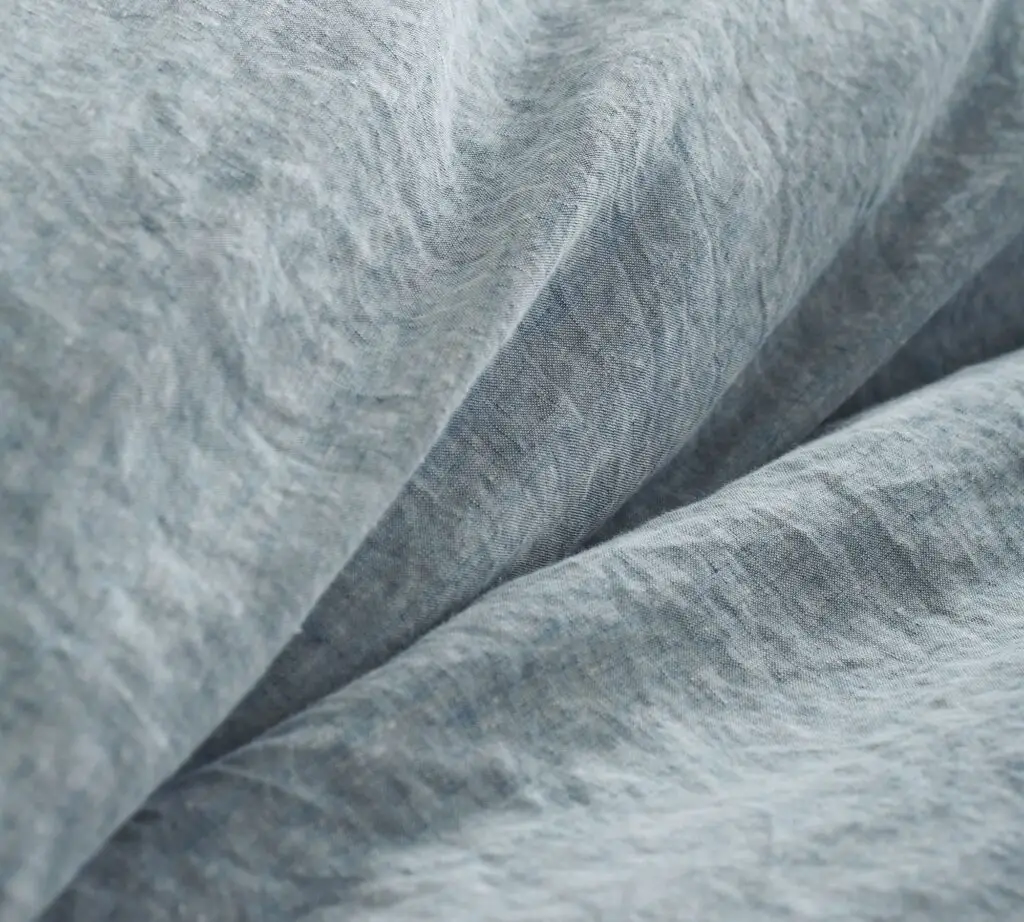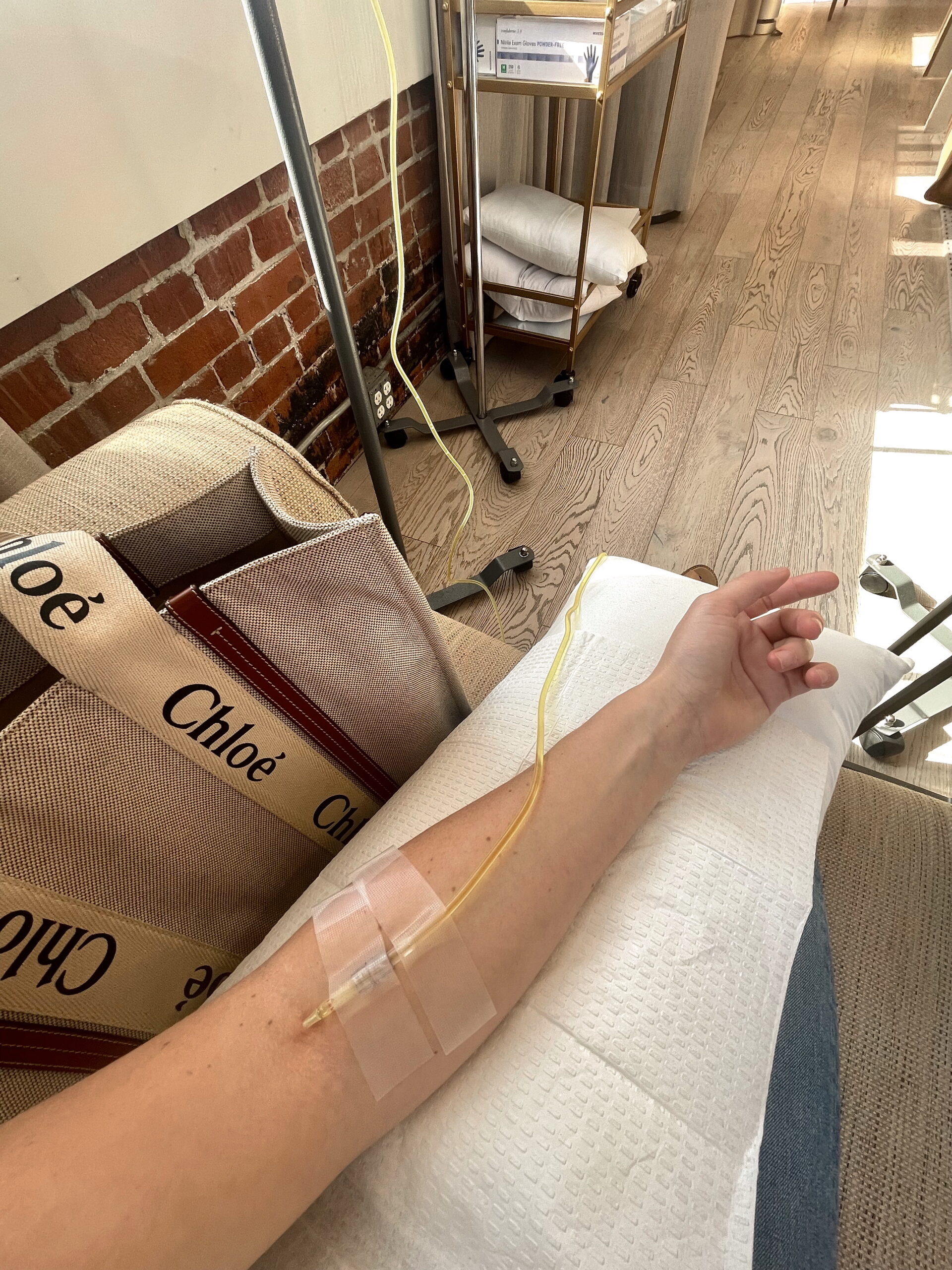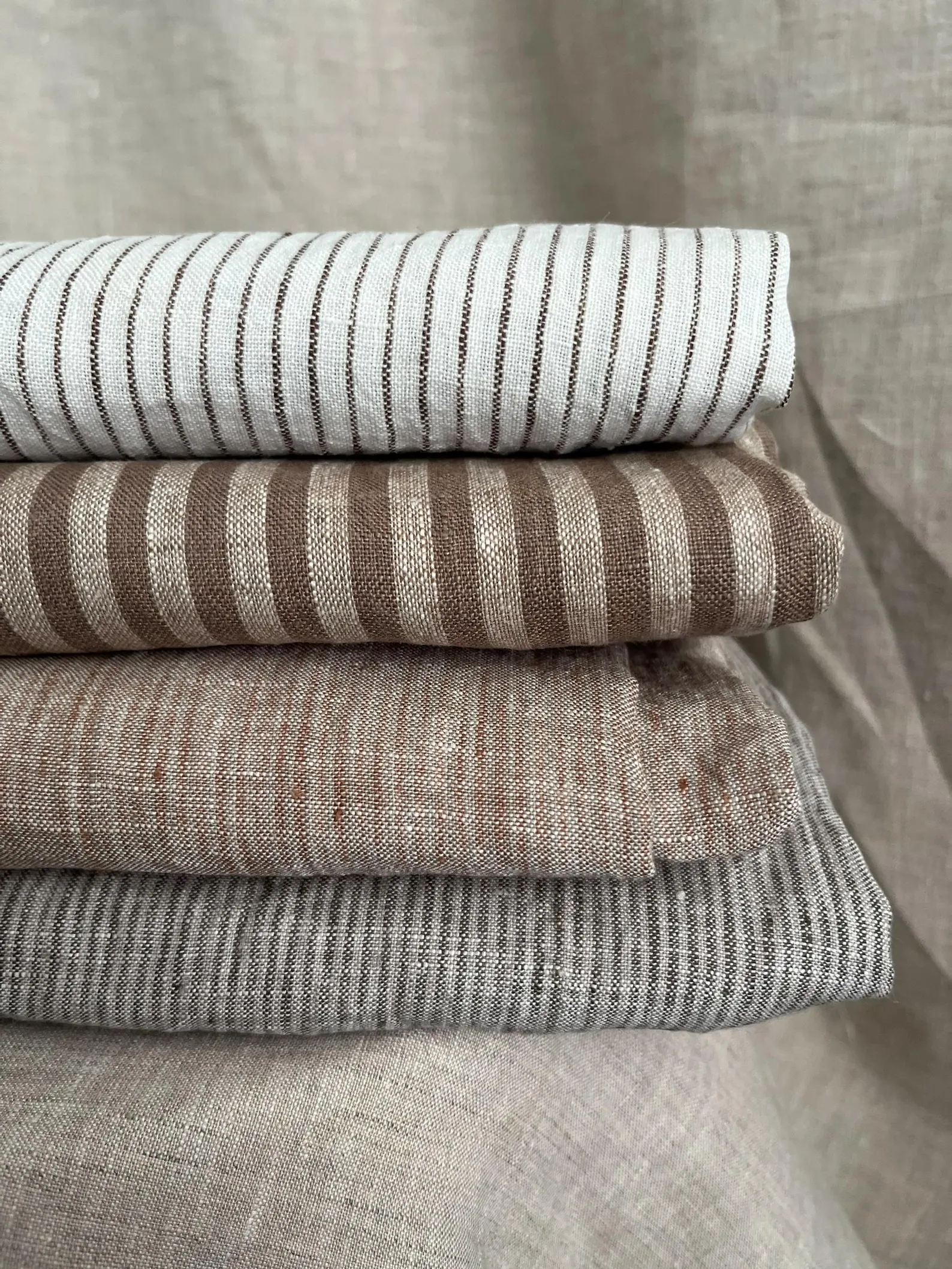When we think about staying healthy, we often focus on eating right, exercising, and getting enough sleep. But here’s something you might not have thought about: the clothes you wear and the fabrics you surround yourself with. Natural fibers like linen, wool, and hemp are not just better for the environment—they also vibrate at frequencies that may help boost your energy, improve your mood, and support your overall well-being.
Here’s a full breakdown of high-vibration fabrics, and the others that might be draining your health.
What Are Fabric Frequencies, and Why Do They Matter?
Everything in the universe vibrates, including the clothes we wear. The vibration, or frequency, of a material is a measure of its energy. Natural fabrics like linen, wool, and hemp have much higher frequencies compared to synthetic materials like polyester and rayon. This means they carry more energy, which can interact with your body in a positive way.
Common Fabric Frequencies:
- Linen: 5,000 Hz
- Wool: 5,000 Hz
- Hemp: 100 Hz
- Organic Cotton: 100 Hz
- Regular Cotton: 70 Hz
- Silk: 15 Hz
- Synthetic Fabrics (e.g., Polyester, Rayon): 15 Hz
Natural fabrics like linen and wool vibrate at levels that match or even enhance your body’s energy field. Synthetic materials, on the other hand, vibrate at much lower frequencies, which might actually disrupt your energy. Simply put, what you wear matters—and natural fabrics may be your best choice for staying energized and healthy.

The Science Behind High-Frequency Fabrics
Dr. Valerie Hunt, a bioenergy researcher, studied how external energies, including those from fabrics, interact with the human body. She discovered that the human body emits a complex electromagnetic field that is dynamic and highly responsive to its environment. Her findings suggest that natural materials with higher frequencies may harmonize with the body’s energy field, promoting physical and mental well-being.
For example, linen—a fabric that’s been used for centuries in bedding and clothing—is known for its high frequency of 5,000 Hz. This could explain why linen bedding is often associated with better sleep and rejuvenation. Wool, another high-frequency fabric, has insulating and moisture-wicking properties, making it ideal for maintaining body temperature and comfort.
How Natural Fabrics Can Benefit Your Health
Switching to natural fibers isn’t just about style or sustainability. It’s about feeling better in your body. Here are some of the health benefits that come with choosing high-frequency fabrics:
Increased Energy Levels
Wearing fabrics like linen and wool can help your body maintain its natural vibrational state. This might lead to more energy, an uplifted mental state, and less fatigue throughout the day.
Better Temperature Regulation
Natural fibers are breathable and moisture-wicking, helping your body stay cool in the summer and warm in the winter. This comfort can also improve your sleep and overall mood.
Fewer Allergies and Skin Irritations
Materials like organic cotton and linen are naturally hypoallergenic and resistant to bacteria, making them perfect for people with sensitive skin or allergies.
Reduced Exposure to Toxins
Many synthetic fabrics are treated with chemicals that can irritate your skin or even disrupt your hormones. Natural fabrics are often free from harmful additives, especially if they’re organic.
Why Synthetic Fabrics Fall Short
In today’s world, synthetic fabrics like polyester and rayon dominate the market because they’re cheap and easy to produce. But they come with significant downsides:
- Low Vibrations: With frequencies around 15 Hz, synthetic fabrics don’t align with your body’s energy field and may even lower it.
- Chemical Exposure: Synthetics are often made with harsh chemicals and PFAS that can irritate your skin or leach into your body over time (microplastics, too.)
- Environmental Harm: Synthetic fibers are also non-biodegradable and contribute to our epidemic of microplastic pollution.
While synthetics might be convenient, they’re not doing your health or the planet any favors.
A Deep History: Linen and Wool in Religious and Cultural Traditions
Natural fabrics like linen and wool aren’t just scientifically fascinating—they’ve also held spiritual and cultural significance for thousands of years.
- The Bible: Linen and wool are mentioned repeatedly in the Bible. Priests in the Old Testament wore garments made of pure linen, symbolizing purity and connection to the divine. Linen was also used to wrap the dead, signifying respect and holiness.
- The Torah: The Torah prohibits mixing linen and wool in the same garment (shaatnez). While the exact reasons are debated, the rule highlights the unique properties and importance of these fabrics.
- Ancient Egypt: Linen was so valued in Ancient Egypt that it was used as currency and to wrap mummies, signifying its sacred and enduring qualities.
Across cultures, linen and wool have been seen as more than just materials—they’ve been regarded as life-enhancing, even sacred.
The Healthiest Fabrics to Wear
If you’re ready to make a change, start by incorporating natural fibers into your wardrobe. Here are some of the healthiest fabrics to wear:
Linen: Lightweight, breathable, and incredibly high in frequency, linen is perfect for warm weather and helps keep your body energized.
Wool: Great for colder months, wool provides insulation while maintaining its high vibrational qualities.
Hemp: Durable and eco-friendly, hemp is a versatile choice for everyday clothing.
Organic Cotton: Softer and cleaner than conventional cotton, organic cotton is better for both your skin and the environment.
Silk: While lower in frequency, silk is still a natural option that’s gentle on the skin.
How to Embrace Natural Fabrics
Making the switch to natural fabrics doesn’t have to be overwhelming. Here are some simple steps to get started:
Read Labels: Look for clothing and home textiles made from 100% natural fibers. Avoid blends that include synthetics.
Buy Organic: Whenever possible, choose organic options to reduce exposure to pesticides and chemicals.
Start Small: Replace key wardrobe staples like t-shirts, socks, and underwear with natural alternatives. Gradually expand to other items.
Care Properly: Natural fibers last longer with the right care. Wash them with gentle detergents and avoid harsh fabric softeners. Hanging your fabrics to dry also extends the life of the fibers.
Key Takeaway: Choose Fabrics That Support Your Health
The fabrics you wear and surround yourself with have a bigger impact on your health than you might realize. Natural fibers like linen, wool, and hemp vibrate at high frequencies that align with your body’s energy, helping you feel more balanced, energized, and comfortable.
By swapping out synthetic materials for natural ones, you’re not only supporting your own well-being but also embracing a more sustainable and meaningful way of living. Start small, pay attention to the fabrics you choose, and experience the difference for yourself.







Comments +